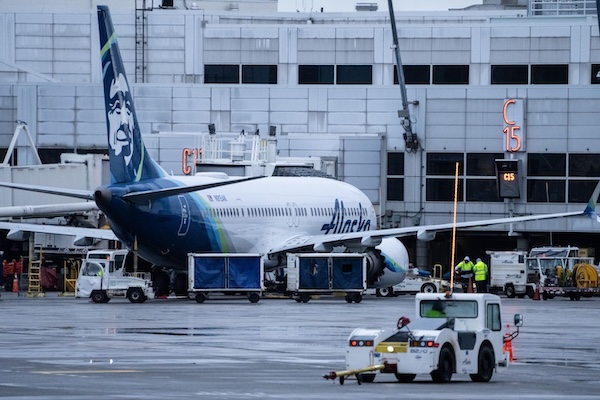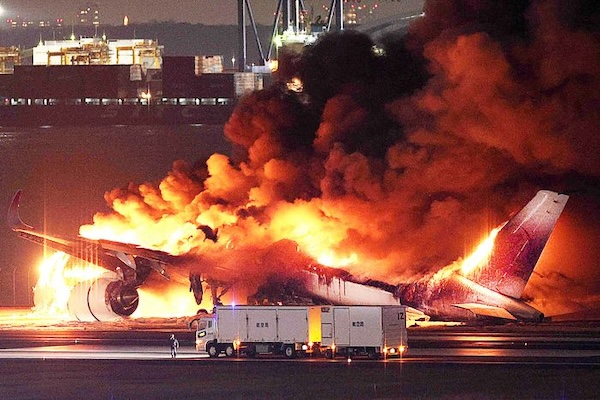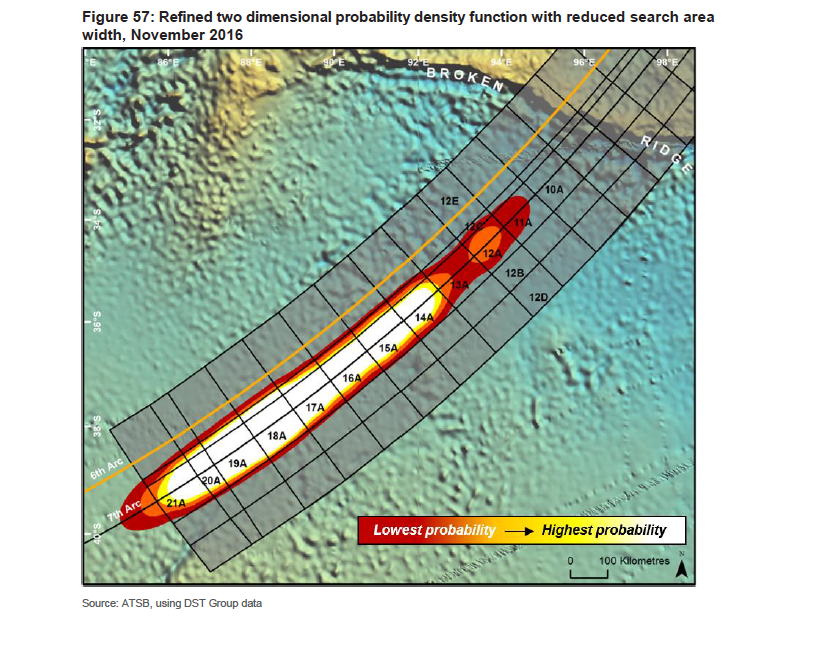The boom came just five minutes into the flight, as Alaska Airlines flight 1282 was climbing out from Portland, Oregon en route to Ontario, California. At 5:13 p.m. local time, as the 737 MAX was ascending through 16,000 feet, part of the wall on the left side of the passenger cabin suddenly blew out, taking with it the padding of an unoccupied window seat and ripping the shirt off a young man sitting in the adjacent middle seat. As the pressure in the cabin dropped, air masks dropped. The roar of the slipstream was so deafening that passengers could not hear what flight attendants were saying over the intercom; the stars in the night sky and lights on the ground below could clearly be seen through the gaping hole. “The first thing I thought was, ‘I’m going to die,’”one passenger told the New York Times. The flight crew declared an emergency and returned immediately to Portland International Airport, where it touched down 14 minutes later. A flight attendant reported minor injuries, and the teenager who lost his shirt had red, irritated skin, but otherwise no one was hurt during the incident, and Alaska Airlines was able to book the passengers onward to their destinations on other flights.
While there is still much to learn about the details of the incident, what we know so far is enough to cast another troubling light on the 737 MAX, an aircraft that has already garnered what is inarguably the worst reputation that any new plane has earned in decades, and is likely to raise new questions about the safety culture at Boeing and the competence of its leadership.
Continue reading New York: Alaska Airlines Inflight Blowout Raises New Doubts About 737 MAX



